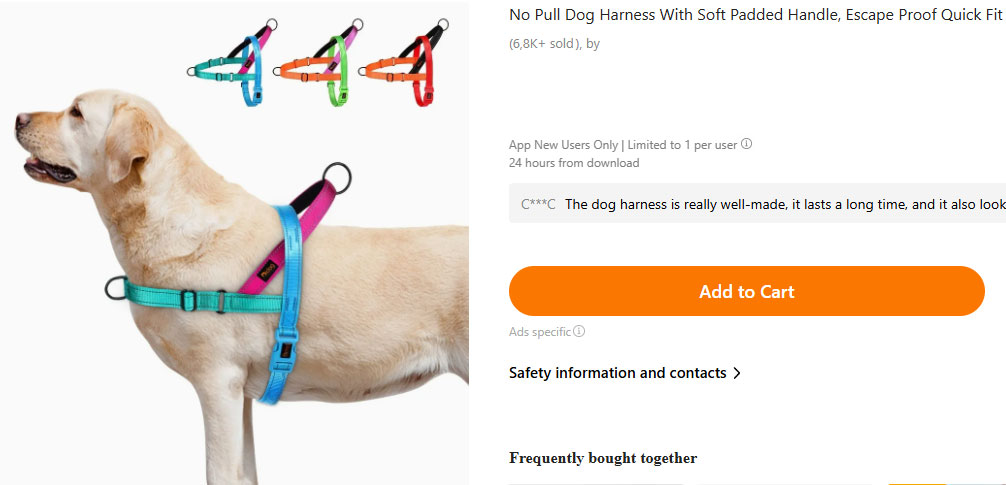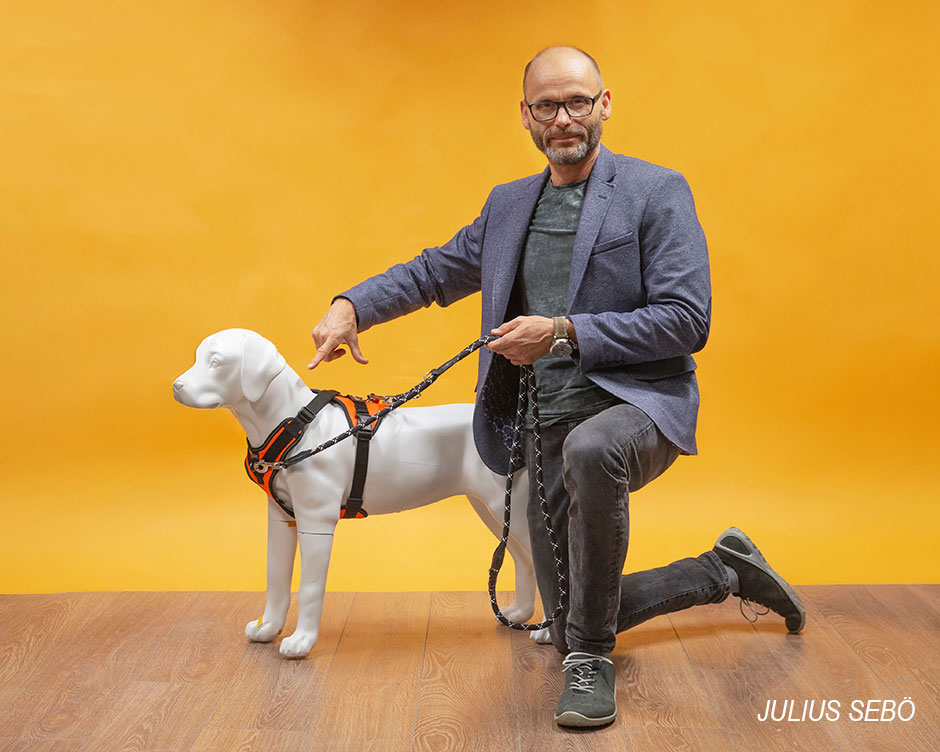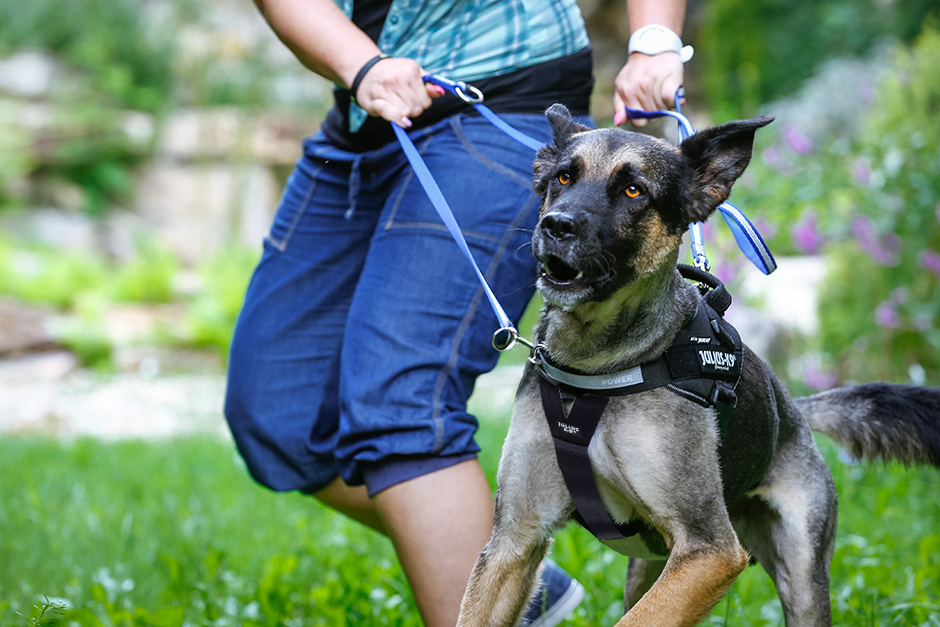Many dog owners dream of having a pet that doesn’t pull on the leash. This is why they often choose a harness marketed as a “No-Pull.” But here’s the truth: no dog harness can automatically stop a dog from pulling during walks. Any brand or seller that markets its products under the “No-Pull” label without clearly explaining how it works is misleading customers.
The Myth of the No-Pull Harness
The widespread use of the “No-Pull” phrase suggests that a harness can almost magically stop a dog from pulling. But that’s not true. Owners still have to put in consistent training effort to achieve results. At best, a No-Pull harness offers an opportunity—with persistence or the help of a professional trainer—for the dog to become more cooperative on walks.
Used without explanation, the term “No-Pull” is deceptive. It describes a product category in a way that falsely implies guaranteed results. In legal terms, such advertising can amount to fraud, because it promotes a claim that is not supported by the product’s actual properties.
What Does “No-Pull” Really Mean?
The principle behind a No-Pull harness is that the dog can be redirected by its torso when moving in an unwanted direction or speed—unlike collars, which place pressure on the neck.
Some earlier methods tried to control dogs by attaching a leash to muzzles or head collars, moving the dog’s head away from the undesired direction. But this required expertise and carried risks. Harness-based control is generally safer, but it still does not mean that a dog will automatically pull less.
Most so-called No-Pull harnesses simply feature an additional leash ring on the chest strap or chest pad, allowing the owner to redirect the dog. Originally, this extra front ring was called the “No-Pull ring.” Later, for quick commercial success, the term was misleadingly extended to the harnesses themselves.

Which Harness Type Works Best?
The addition of a front control ring introduced a new training approach: redirecting the dog’s body instead of putting pressure on its neck. But remember: harnesses were historically designed for pulling. In fact, dogs pull more effectively in harnesses than in collars.
The most efficient pulling harness is—and remains—the Y-harness, used by both working and draft animals. When a dog wears a Y-harness, its back muscles engage like those of a horse, enabling greater pulling strength than in chest harnesses.
For sports activities like running, combining the back ring with a front control ring can help balance control. But improper adjustment of a Y-harness can cause it to tighten around the neck and obstruct breathing. Proper sizing and fitting are essential.
The rise of chest harnesses (such as Norwegian harnesses) around the early 2000s was driven by a valid concern: protecting the dog’s throat and ensuring free breathing. A chest harness with a cross-chest strap can be equipped with a front ring, but only if it also has a stabilizing Y-strap between the front legs. Otherwise, the harness may twist uncomfortably, making the walk worse instead of better.
How Does a No-Pull Harness Work in Practice?
On its own, a harness cannot stop pulling. Training and consistency matter far more. The No-Pull ring simply gives owners the option of attaching the leash at the chest or shoulder area.
But it should not be the sole attachment point—especially not for constant leash-walking.
The best practice is to use a double-clip leash, securing the dog at both the back ring and the front ring. Training should always begin with the traditional back attachment, focusing on rewarding attention and calm walking. The front ring can then be gradually introduced as a supplementary aid.

Training, Not Wrestling
A No-Pull harness is not meant to be a permanent crutch. Its front ring is a training tool, useful for emergencies, playful redirection, or situations where the dog’s strength exceeds that of the handler.
Ultimately, the harness provides comfort and safety by leaving the neck and throat free—but teaching a dog not to pull comes down to consistent training, patience, and proper use of equipment.
